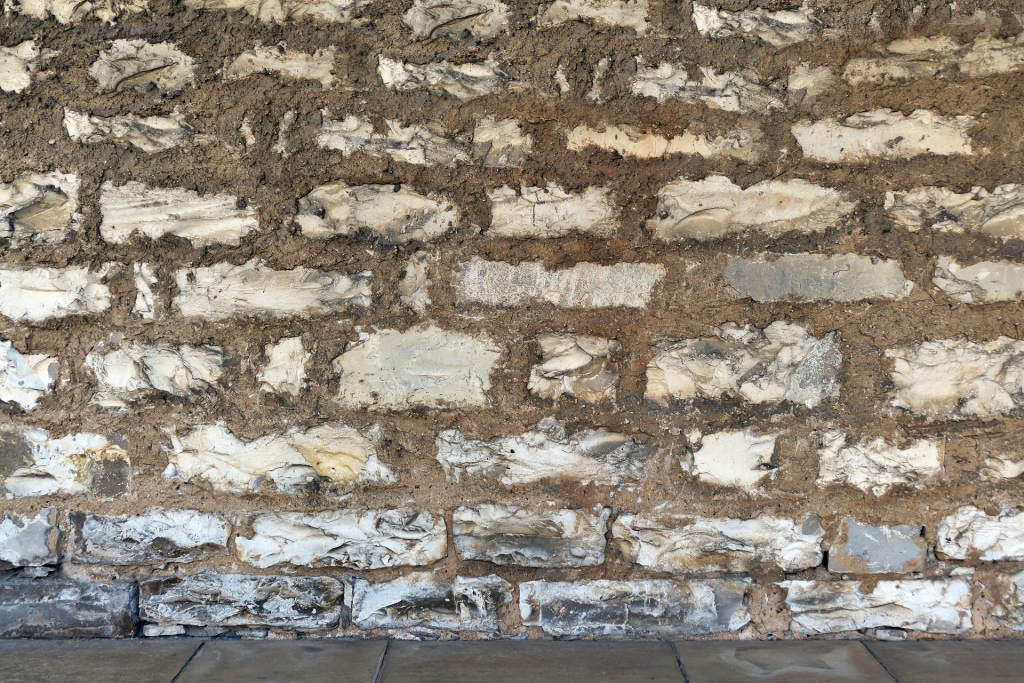To help reduce erosion and add a touch of drama to your property, there’s no better solution than a retaining wall. Given the variety of landscapes on which a retaining wall can be built, it’s important to understand the basics of retaining walls before the process gets started. Understanding this information will help you ensure that the job is being handled correctly and potentially allow you to complete some of the project yourself.
The Footer Is Key
As with other outdoor construction projects, the footer for your retaining wall is one of its most crucial elements. For short retaining walls holding back gentle slopes, a layer of crushed stone is more than sufficient to serve as a footer. However, for retaining walls that will have large loads placed on them, you will need to have a concrete footer poured below the frost line. This ensures that your wall will have the stability to stay in place for years to come.
Your Wall May Need Help
Although retaining walls can often be self-sufficient, the demands of the project may require that the wall receives some assistance to do its job. Various steel products, for example, can be used to reinforce the wall itself and the soil behind it. Steel products can also be used as tie-backs that run from the wall to anchors in the soil to help prevent the wall from toppling over.
There Are Multiple Options Available
When many people think of a retaining wall, they think of concrete blocks stacked on top of one another. While this is one type of retaining wall that you can use on your property, there are also poured concrete walls and masonry walls. The specific type of wall that will work best for your project will be based on budget, soil type, and project demands.
Drainage Is Key
Although the soil behind your retaining wall is quite heavy, your retaining wall is unlikely to fail due to the weight of the soil alone. Instead, moisture that isn’t properly drained is one of the most common causes of failure. Therefore, you need to make sure that your retaining wall has weep holes to allow moisture through. You’ll also need to install a layer of gravel or sand behind the wall to ensure that water doesn’t collect against the wall.
After your retaining wall is installed, maintenance requirements for the wall will be minimal. However, if you notice any issues with your wall, you’ll want to call a contractor to your property as soon as possible. Although changes tend to happen slowly, once a major breach occurs, you could suffer major damage to your wall that will be expensive to fix.
